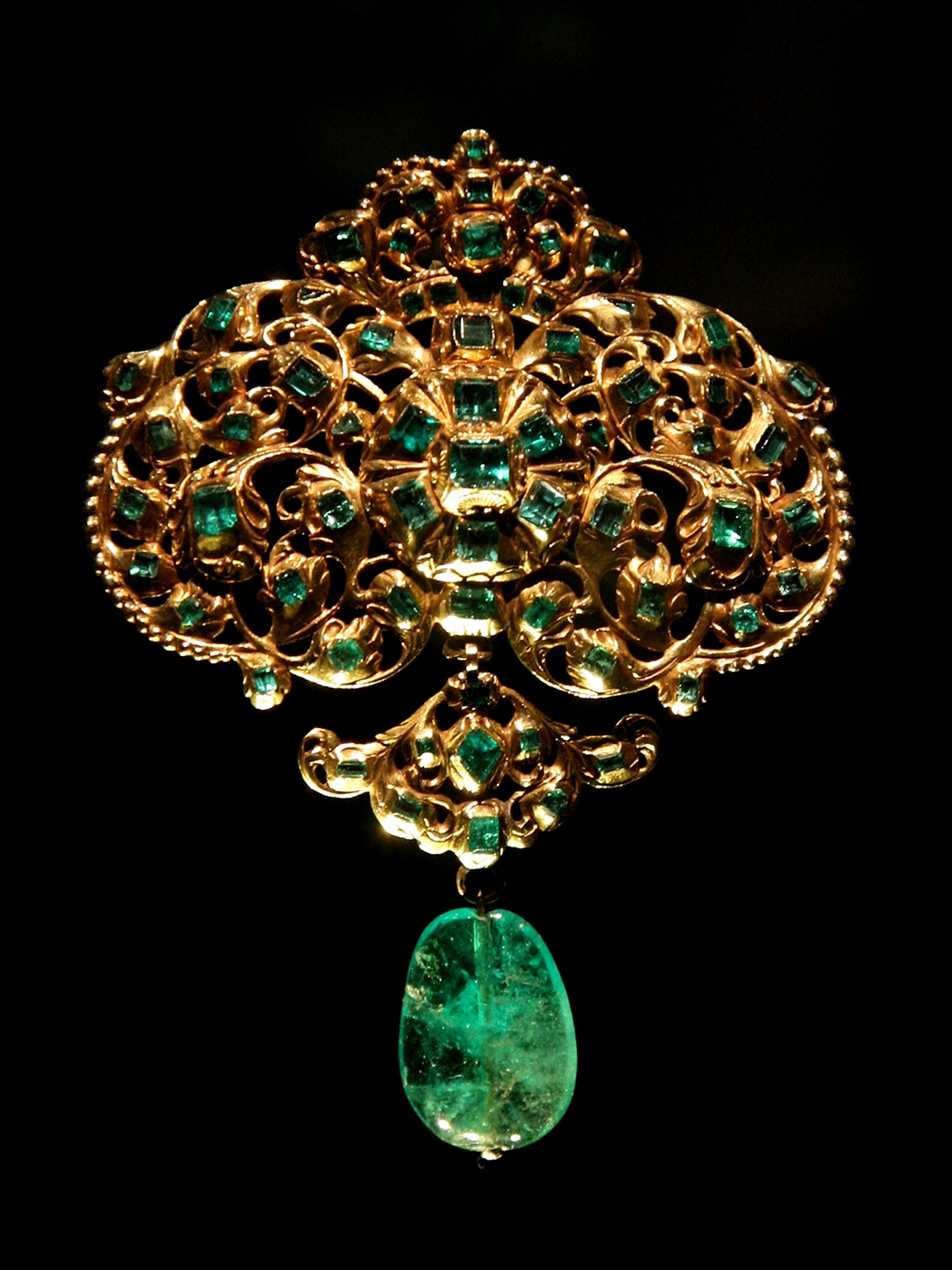Fine Jewelry Biography
Source
(google.com.pk)
Before emigrating from the Ukraine to the United States in 1906, Nathan and Oscar Heyman trained in the famously rigorous workshops of Fabergé. “They probably started off sweeping the floor and sleeping in the back room,” says Tom Heyman, a third-generation owner of Oscar Heyman, the fine jewelry company his great uncles founded in 1912.
When Nathan was drafted into the Russian army, the brothers fled to America as part of a major wave of European artisans who decamped to the West. Skilled in crafting jewelry with platinum—then a new metal in the United States—the Heymans quickly transcended the ranks of skilled laborer to become preeminent fine jewelry fabricators, creating pieces for boldface brands of the day such as Tiffany & Co., Cartier, and Marcus & Co.
McTeigue & Co. early-20th-century platinum and diamond ring
The history of jewelry manufacturing in the United States is punctuated with countless similar tales of personal grit, determination, and a ceaseless drive to innovate. Its trajectory “is all about the gumption and courage to keep on going in the tough years,” and forging a path that eventually would allow American jewelry makers to compete with entrenched European houses, says Joyce Jonas, a jewelry historian and president emeritus of the American Society of Jewelry.
America’s Jewelry Pioneers
Lower Manhattan’s jewelry district, centered on Maiden Lane in the late 1800s and early 1900s, spawned some of the country’s seminal manufacturers and designers. Tiffany & Co., practically synonymous with American jewelry to this day, was founded in Lower Manhattan in 1837 by Charles Lewis Tiffany and Teddy Young. Originally operating as Tiffany, Young and Ellis, a stationery and fine goods store, the firm became the first U.S. manufacturer to win an award for excellence at the Exposition Universelle in Paris in 1867.
The company’s milestones and innovations are famously extensive. Tiffany & Co. set the benchmark for the classic solitaire diamond engagement ring with its patented six-prong Tiffany setting in 1886. And the company is responsible for the discovery and naming of numerous gemstones, including kunzite and morganite. It introduced the first luxury jewelry catalog, the iconic Blue Book, and positioned itself, almost from its inception, as a dealer and collector of important gemstones through a series of bold acquisitions, including the 128 ct. yellow Tiffany diamond and the French Crown jewels.
© Tiffany & Co.
The 128.54 ct. cushion-shape Tiffany Diamond boasts 82 facets. The necklace features another 100+ cts. of white diamonds.
The discovery of new gemstones and metals in the United States shaped the evolution of fabrication techniques in the industry in the late 1800s and early 1900s. The commercial mining of sapphires in Montana and tourmalines in San Diego County in 1898 coincided with the start of the Alaska Gold Rush. Soon after, pearls were found in the Mississippi River and turquoise in Colorado. “All of these stones were being mined, and we suddenly had a very rich source all our own,” says Jonas.
Fine Jewelry Indian Jewelry Sets Bangles Rings Box Designs Band Designs Lates Gold Earnings Designs Ads Photos Images Pics

Fine Jewelry Indian Jewelry Sets Bangles Rings Box Designs Band Designs Lates Gold Earnings Designs Ads Photos Images Pics
Fine Jewelry Indian Jewelry Sets Bangles Rings Box Designs Band Designs Lates Gold Earnings Designs Ads Photos Images Pics

Fine Jewelry Indian Jewelry Sets Bangles Rings Box Designs Band Designs Lates Gold Earnings Designs Ads Photos Images Pics

Fine Jewelry Indian Jewelry Sets Bangles Rings Box Designs Band Designs Lates Gold Earnings Designs Ads Photos Images Pics

Fine Jewelry Indian Jewelry Sets Bangles Rings Box Designs Band Designs Lates Gold Earnings Designs Ads Photos Images Pics
Fine Jewelry Indian Jewelry Sets Bangles Rings Box Designs Band Designs Lates Gold Earnings Designs Ads Photos Images Pics

Fine Jewelry Indian Jewelry Sets Bangles Rings Box Designs Band Designs Lates Gold Earnings Designs Ads Photos Images Pics
Fine Jewelry Indian Jewelry Sets Bangles Rings Box Designs Band Designs Lates Gold Earnings Designs Ads Photos Images Pics

Fine Jewelry Indian Jewelry Sets Bangles Rings Box Designs Band Designs Lates Gold Earnings Designs Ads Photos Images Pics


No comments:
Post a Comment